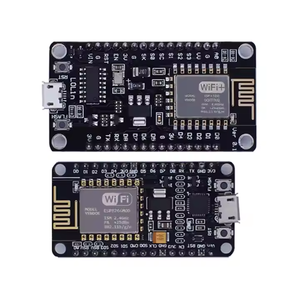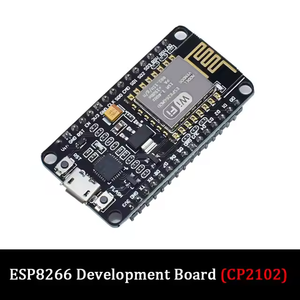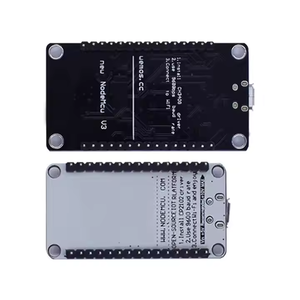Introduction to Omron Communication
Omron communication refers to the advanced systems and technologies developed by Omron Corporation that facilitate seamless connectivity and data exchange between various devices and networks. As a leader in automation and control systems, Omron has engineered its communication protocols to enable efficient and reliable communication in industrial applications. Understanding Omron communication is essential for industries aiming for enhanced productivity, operational efficiency, and precise process control.
Types of Omron Communication Protocols
Omron offers a variety of communication protocols tailored to different industrial needs. Here are some key types:
- EtherCAT: A high-performance Ethernet-based protocol ideal for real-time control tasks.
- DeviceNet: A robust network platform designed for interconnecting industrial devices.
- CANopen: A communication protocol commonly used for embedded control systems.
- Ethernet/IP: An Ethernet-based protocol enabling standard industrial communication over IP networks.
- Serial Communication: These include RS-232 and RS-485 standards for serial data exchange.
Applications of Omron Communication
Omron communication systems are utilized in numerous sectors, enhancing the efficacy of operations. Notable applications include:
- Factory Automation: Streamlining processes in manufacturing plants through coordinated machine communication.
- Process Control: Facilitating real-time monitoring and control of industrial processes.
- Logistics Management: Enhancing supply chain operations through accurate data transmission between devices.
- Building Automation: Improving energy management and comfort through intelligent building systems.
- Medical Devices: Ensuring reliable communication for critical applications in healthcare settings.
Benefits of Using Omron Communication Systems
Integrating Omron communication technology brings marked advantages across various industrial applications. Here are some key benefits:
- Reliable Connectivity: Omron communication solutions ensure minimal downtime and high reliability in data transfer.
- Scalability: Modular design allows for easy expansion and adaptation to growing operational needs.
- Interoperability: Supports multiple communication standards, thereby enhancing compatibility with existing systems.
- Improved Productivity: Streamlined communication reduces delays and optimizes the operational workflow.
- Enhanced Data Accuracy: Real-time monitoring leads to accurate data collection and analysis for better decision-making.





















